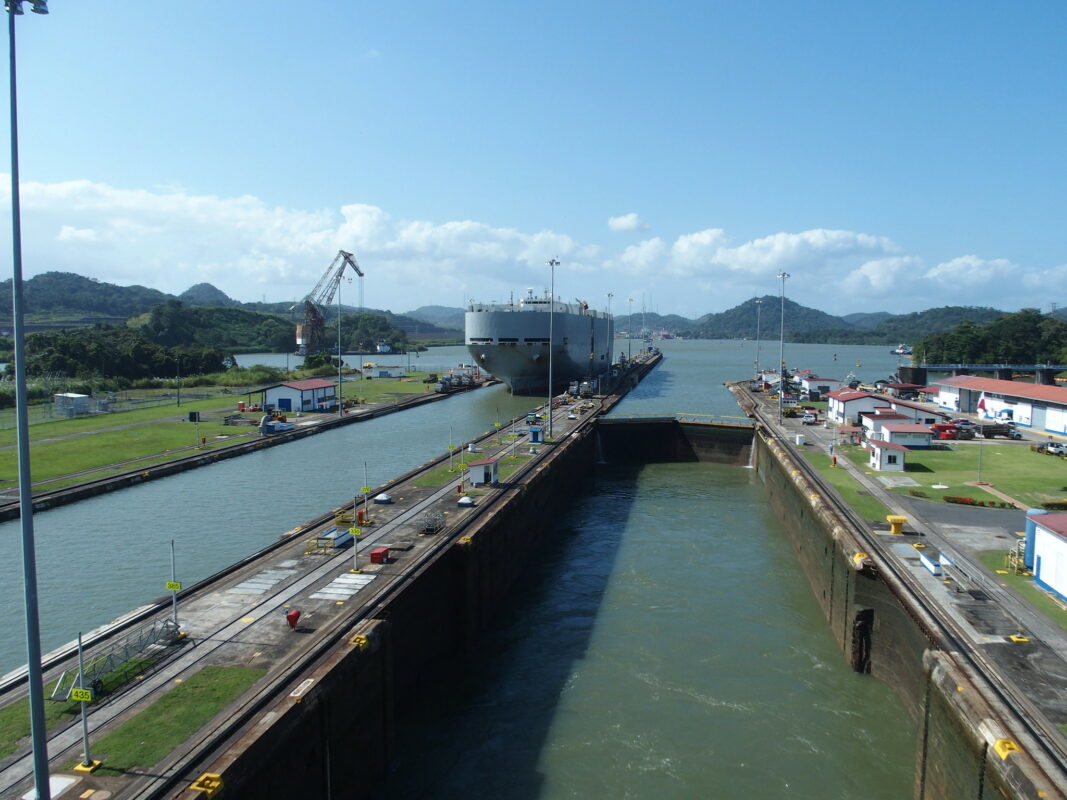August 15 marked an anniversary that slipped by here in the United States with little notice, commemorating the opening of the Panama Canal in 1914. One of the largest feats of engineering in modern history and the jewel of Teddy Roosevelt’s presidency, the building of the canal was started by the French in 1881. After a series of disasters and change of hands, the United States formally took control of the canal property on May 4, 1904, after aiding and abetting a revolution that created “Panama” from what had been Colombia.
While the successful completion of the canal was lauded as one of the major wonders of the modern world, the deaths of over 20,000 Black Caribbean workers who made the canal possible are simply a footnote of that history, if they are mentioned at all.
I was reminded of this when I saw this tweet from Wayne Chen, who regularly posts Caribbean history on Twitter.
108 years ago today on 15 Aug 1914, the Panama Canal opened. One of the largest engineering projects in history; fundamentally changed global maritime trade. 50,000 workers from Jamaica, Barbados, Martinique, Trinidad, and other Caribbean islands were involved. Thousands died. pic.twitter.com/nNnRZyEt14
— Wayne Chen (@wcchen) August 15, 2022
What I did not remember ever being taught in school, when the Panama Canal was mentioned, was the thousands upon thousands of Caribbean workers whose labor and deaths made the canal project possible.
In 2020, this response to a remark by then-President Trump was posted by New York Daily News columnist Jared McCallister:
Knowing about the major contributions made by Caribbean laborers in the construction of the monumental Panama Canal, I had to respond to a recent claim by President Trump, boasting that Americans “dug out” the water-filled passage that linked the Atlantic and Pacific oceans — revolutionizing international maritime travel.[…]
Yes, the U.S. paid for the successful construction, but in his recent speech at his Tulsa, Okla., campaign rally, Trump seemed to say Americans “dug out” the historic canal, when imported Caribbean workers worked and died while carving and blasting through more than 50 miles of sweltering, disease-ridden jungle to create the important Atlantic-Pacific-linking waterway — which made the time-consuming sea route around the southern tip of South America obsolete.
Reflecting on the prevalent racial discrimination in the U.S. at the time, all the black Caribbean and black American workers lived and labored under racially segregated designations — where whites were on the gold payroll and blacks were assigned to the silver payroll.
Olive Senior, who is the current poet laureate of Jamaica, also commented, referencing her 2014 book Dying to Better Themselves: West Indians and the Building of the Panama Canal.
The popular West Indian migration narrative often starts with the “Windrush Generation” in 1950s England, but in Dying to Better Themselves Olive Senior examines an earlier narrative: that of the neglected post-emancipation generation of the 1850s who were lured to Panama by the promise of lucrative work and who initiated a pattern of circular migration that would transform the islands economically, socially and politically well into the twentieth century.
West Indians provided the bulk of the workforce for the construction of the Panama Railroad and the Panama Canal, and between 1850 and 1914 untold numbers sacrificed their lives, limbs and mental faculties to the Panama project. Many West Indians remained as settlers, their descendants now citizens of Panama; many returned home with enough of a nest egg to better themselves; and others launched themselves elsewhere in the Americas as work beckoned.
Multimedia producer Dash Harris Machado posted this comment regarding the ugly erased history of the canal:
